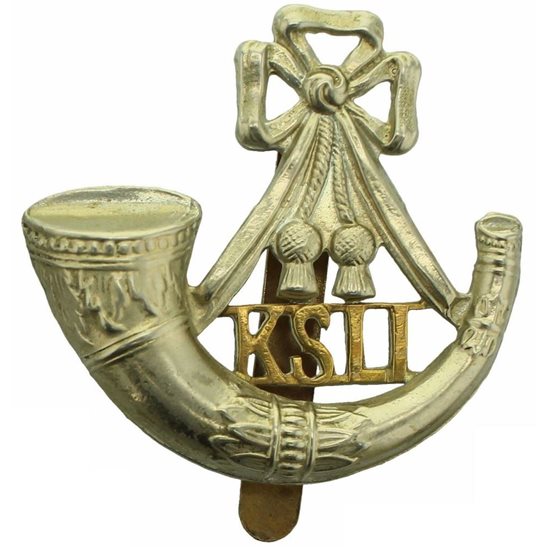Personal Details
Born: 15 July 1890 in Whitchurch, Shropshire and baptised 16 July the same year at St. Alkmund`s Parish Church.
Family: He was one of six surviving children born to Thomas Mann, a labourer and his wife Mary. He married Annie Heath in 1919 in Wem, Shropshire and together they had three children – Herbert J, William and Mary J.
Residence: At the time of his baptism in 1890 his family were living in Jones`s Yard, Whitchurch. By 1891 their address was Venables Yard, Whitchurch. Ten years later in 1901 they had moved to 17 Sherrymill Hill, Whitchurch. On his Pension Record initially an address of 25A Newtown, Whitchurch was stated; this was the home of his parents. However this was changed at some stage to 2 Hollin Wood, Whixall, nr Whitchurch. The 1939 Register records Annie and two of their children living at 4 Ash Magna, Ash Magna, Shropshire; John William is not recorded at this address on the register.
Employment: Not known
Died: Not known
Military Details
Regiment: King`s Shropshire Light Infantry
Rank: Private
Service Number: 11151
Date of Enlistment: Not known, but prior to May 1915
Date of Discharge: 18 April 1919
Reason for Discharge: Demobilisation
Other Information: He was a prisoner of war, captured at Corbie on 28 March 1918.
John was awarded the Campaign Medals (1915 Star, British war medal and Victory medal)

The 1914 Star (also known as 'Pip') was authorised under Special Army Order no. 350 in November 1917 and by an Admiralty Fleet Order in 1918, for award to officers and men of the British and Indian Expeditionary Forces who served in France or Belgium between 5 August and midnight of 22–23 November 1914. The former date is the day after Britain's declaration of war against the Central Powers, and the closing date marks the end of the First Battle of Ypres.
The 1914–15 Star (also known as 'Pip') was instituted in December 1918 and was awarded to officers and men of British and Imperial forces who served against the Central European Powers in any theatre of the Great War between 5 August 1914 and 31 December 1915. The period of eligibility was prior to the introduction of the Military Service Act 1916, which instituted conscription in Britain.
The British War Medal (also known as 'Squeak') was a silver or bronze medal awarded to officers and men of the British and Imperial Forces who either entered a theatre of war or entered service overseas between 5th August 1914 and 11th November 1918 inclusive. This was later extended to services in Russia, Siberia and some other areas in 1919 and 1920. Approximately 6.5 million British War Medals were issued. Approximately 6.4 million of these were the silver versions of this medal. Around 110,000 of a bronze version were issued mainly to Chinese, Maltese and Indian Labour Corps. The front (obv or obverse) of the medal depicts the head of George V. The recipient's service number, rank, name and unit was impressed on the rim.
The Allied Victory Medal (also known as 'Wilfred') was issued by each of the allies. It was decided that each of the allies should each issue their own bronze victory medal with a similar design, similar equivalent wording and identical ribbon. The British medal was designed by W. McMillan. The front depicts a winged classical figure representing victory. Approximately 5.7 million victory medals were issued. Interestingly, eligibility for this medal was more restrictive and not everyone who received the British War Medal ('Squeak') also received the Victory Medal ('Wilfred'). However, in general, all recipients of 'Wilfred' also received 'Squeak' and all recipients of The 1914 Star or The 1914/1915 Star (also known as 'Pip') also received both 'Squeak' and 'Wilfred'. The recipient's service number, rank, name and unit was impressed on the rim.

